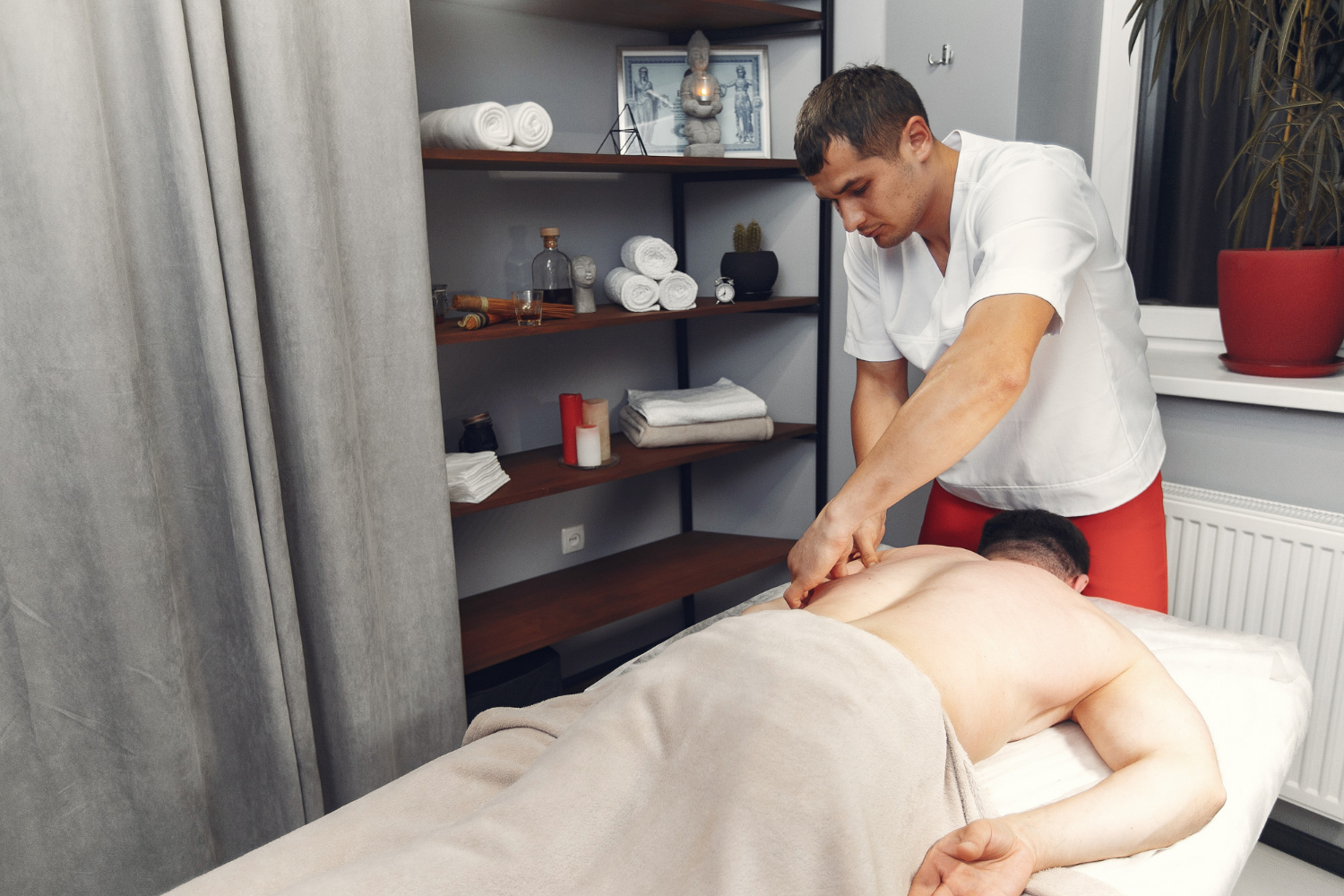In recent years, the importance of maintaining our physical well-being has gained significant attention. As we juggle busy schedules and face challenges in accessing healthcare facilities, the concept of physiotherapy at home has become increasingly popular. This article aims to provide you with valuable insights into the world of DIY physiotherapy exercises and tips that can effectively relieve pain and enhance flexibility from the comfort of your home.
Understanding the Power of DIY Physiotherapy
Physiotherapy is a holistic approach to healing and strengthening the body, often relying on personalized exercises and manual therapy techniques. Engaging in these exercises at home can bring convenience and continuity to your healing journey. However, before you embark on your DIY physiotherapy regimen, it’s crucial to understand the principles behind it.
Assessing Your Needs and Limitations
Before starting any DIY physiotherapy routine, it’s essential to assess your specific needs and limitations. Identifying the root cause of your pain or mobility issues will help you tailor exercises that target those areas effectively. Consult with a certified physiotherapist or healthcare professional to get a clear understanding of your condition.
Essential Equipment and Setup
Creating a suitable environment for your home-based physiotherapy sessions is key to success. From basic resistance bands to stability balls and foam rollers, investing in the right equipment can enhance your exercise’s effectiveness. In this section, we’ll explore the must-have tools and how to set up your home gym for optimal results.

Improving Flexibility: The Path to a Supple Body
Flexibility is a critical aspect of overall physical health, yet it often takes a back seat in our fitness routines. In this section, we’ll delve into the importance of flexibility and how DIY physiotherapy can help you achieve a more limber and agile body.
The Science of Flexibility
Understands the science behind flexibility and how it impacts your body’s performance in everyday activities and sports. We’ll explore the benefits of increased flexibility and how it can significantly improve your quality of life.
Flexibility Training at Home
Incorporate dynamic and static stretching exercises into your daily routine to enhance your flexibility. Whether you’re a beginner or an experienced fitness enthusiast, this section will provide you with a variety of techniques to improve your range of motion.
Integrating Flexibility with Other Workouts
Discover how to seamlessly integrate flexibility training with other workouts, such as strength training or cardio exercises. Balancing different aspects of fitness will lead to a more well-rounded and resilient body.
Conclusion
Embracing the world of physiotherapy at home through DIY exercises and tips can be a game-changer for your physical well-being. Remember to always prioritize safety and consult with professionals if you have any concerns about your health condition. By making small, consistent efforts, you can relieve pain, improve flexibility, and embark on a journey toward a healthier and happier you.
